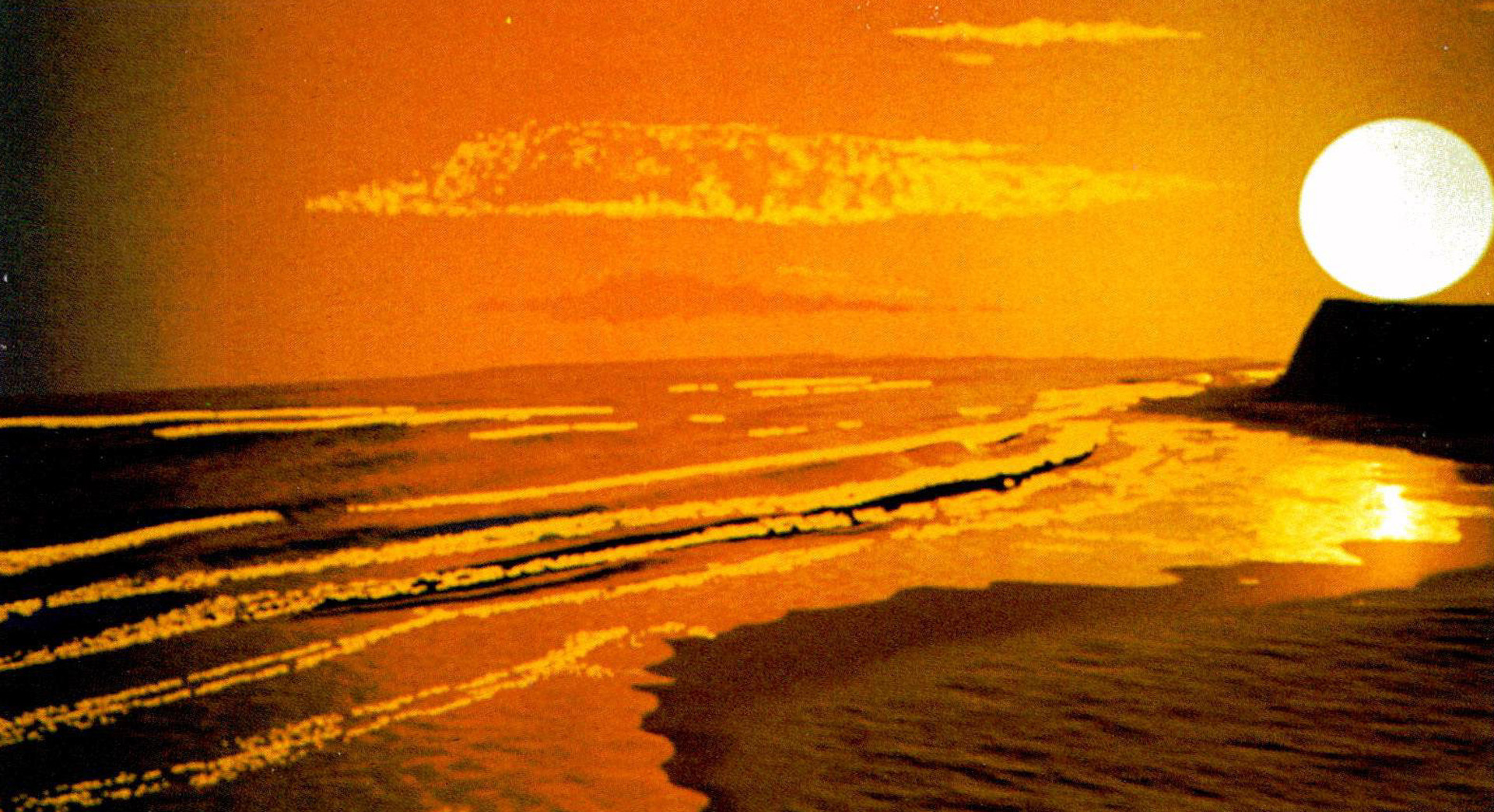“A simple model of ocean waves” by Fournier and Reeves
Conference:
Type(s):
Title:
- A simple model of ocean waves
Presenter(s)/Author(s):
Abstract:
We present a simple model for the surface of the ocean, suitable for the modeling and rendering of most common waves where the disturbing force is from the wind and the restoring force from gravity.It is based on the Gerstner, or Rankine, model where particles of water describe circular or elliptical stationary orbits. The model can easily produce realistic waves shapes which are varied according to the parameters of the orbits. The surface of the ocean floor affects the refraction and the breaking of waves on the shore. The model can also determine the position, direction, and speed of breakers.The ocean surface is modeled as a parametric surface, permitting the use of traditional rendering methods, including ray-tracing and adaptive subdivision. Animation is easy, since time is built into the model. The foam generated by the breakers is modeled by particle systems whose direction, speed and life expectancy is given by the surface model.To give designers control over the shape of the ocean, the model of the overall surface includes multiple trains of waves, each with its own set of parameters and optional stochastic elements. The overall “randomness” and “short-crestedness” of the ocean is achieved by a combination of small variations within a train and large variations between trains.Rendered examples of oceans waves generated by the model are given and a 10 second animation is described.
References:
1. Biesel, F., “Study of Wave Propagation in Wa~r of Gradually Varying Depth,” in Gravity Waves, U.S. National Bureau of Standards Circular 521, (1952), pp. 243-253.]]
2. Blinn, J. F., “Simulation of Wrinkled Surfaces,” in Proceedings of SIGGRAPH ’78, also published as Comput. Graphics, 12, 3, (Aug 1978), pp. 286-292.]]
3. Cook, R. L., “‘Shade trees,” in Proceedings of SIGGRAPH ’84, also published as Comput. Graphics, 18, 3, (july 1984), pp. 223-231.]]
4. Cook, R. L., “Antialiasing by Stochastic Sampling,” accepted to appear in Transactions on Graphics, (summer 1986).]]
5. Crapper, G. D., Introduction to Water Waves (Chichester, West Sussex, England : 1984).]]
6. Feynman, R. P., Leighton, R. B. and Sands, M., The Feynman Lecture Notes on Physics, (Addison-Wesley, 1965).]]
7. Gcrstner, F. J. v, “Theorie der Wellen,” Abh. d. k. bohm. Ges. d. Wiss. Also reprinted in Ann. der Physik, 32, (1809), pp. 412-440.]]
8. Kinsman, Blair, Wind Waves (Prentice-Hail, 1965).]]
9. Kinsman, Blair, Wind Waves (Dover, 1984), reprint of preceding.]]
10. LeBIond, Paul H., Waves in the Ocean (Amsterdam, 1978.)]]
11. Le Mehaute, Bernard, An Introduction to Hydrodynamics and Water Waves (New York, Springer-Verlag, 1976)]]
12. Longuet-Higgins, M. S., “On Breaking Waves,” in Waves on Water of Variable Depth, Provis, D. G. and Radok, R., Eds, Springer-Verlag Lecture Notes in Physics, (1976), pp. 129- 130.]]
13. Max, N., “Vectorized. Procedural Models for Natural Terrains: Waves and Islands in the Sunset,” in Proceedings of SIGGRAPH 81, also published as Comput. Graphics, 15, 3, (Aug 81), pp. 317-324.]]
14. Max, N., “Carla’s Island,” appeared in Issue #5 of the SIGGRAPH Video Review, (1981).]]
15. Mei, Chiang C., The Applied Dynamics of Ocean Surface Waves (New York, c 1983.)]]
16. Norton, A., Rockwtxxt, A. P. and Skolmoski, P. T., “Clamping: A Method of Antialiasing Textured Surfaces by Bandwidth Limiting in Object Space,” in Proceedings of SIGGRAPH 82, also published as Comput. Graphics, 16, 3, (July 82), pp. 1-8.]]
17. Ogden, L, “Generation of Fractals Using the Burt Pyramid,” presented at the 1985 Optical Society of America Annual Meeting, Washington, DC, (October 1985).]]
18. Peachy, D., “Modeling Waves and Surf”, these Proceedings.]]
19. Perlin, K., “‘An Image Synthetizer,” in Proceedings of SIGGRAPH 85, also published as Comput. Graphics, 19, 3, (July 85), pp. 287-296.]]
20. Rarddne, W. J. W., “On the Exact Form of Waves near the Surfaces of Deep Water,” Phil. Trans. Roy. Soc., A 153, (1863), pp. 127-138.]]
21. Reeves, W. T., “Particle Systerns-A Technique for Modeling a Class of Fuzzy Objects,” Transactions on Graphics, 2, 2, (April 83), pp. 91-108.]]
22. Schachter, B., “Long crested wave models,” Computer Graphics and Image Processing, 12, (1980), pp. 187-201.]]
23. Shepard, D., “A two-dimensional interpolation function for irregularly spaced data,” in Proceedings 1964 ACM National Conference, (1964), pp. 517-524.]]
24. Ts’o, P. Y. and Barsky, B. A., “Modeling and Rendering Waves: Wave-tracing using Beta-splines and Reflective and Refractive Texture Mapping”, submitted for publication.]]





